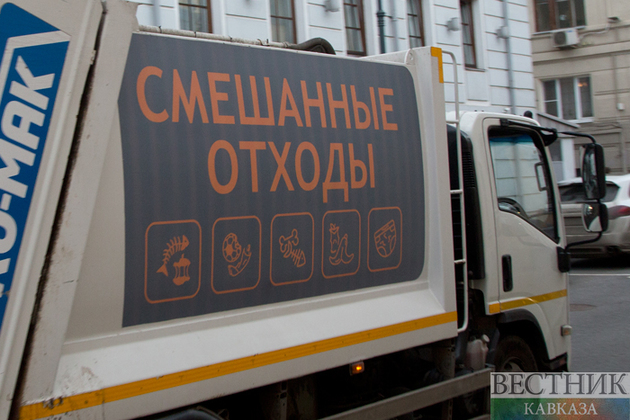With less than 10% of the discarded plastic across the world recycled, the issue of plastic pollution shows no sign of slowing down. The production of plastic does not let up despite solutions that could mitigate the material's harmful environmental impact emerging to solve the issue. Daily Sabah reports that here are the key issues, ahead of a United Nations conference in Nairobi next week that has its sights on a future treaty to curb plastic waste.
How much plastic?
Global plastic production almost doubled between 2000 and 2019, from 234 million tons to 460 million tons, according to the Organisation for Economic Co-operation and Development (OECD). Plastic waste more than doubled in that time, reaching 353 million tons in 2019. But global production fell slightly in 2020 due to the coronavirus pandemic for only the third time in the history of modern industry, according to the trade association Plastics Europe. The other occasions were the 1973 oil crisis and the financial crisis of 2008.
The OECD said 22 million tons of plastic were discarded in the environment in 2019 alone, with 6 million tons ending up in waterways, lakes and oceans. Plastic makes up at least 85% of total marine waste, according to the U.N. Environment Assembly. The sheer volume of plastic produced annually would weigh as much as 45,500 Eiffel Towers, according to OECD calculations, and annual plastic waste would equal the weight of 35,000 Eiffel Towers.
Where is it produced?
More than half of the plastic came from Asia in 2020, with China representing almost one-third of the global total. Plastic production in the world's second-largest economy jumped by 82% between 2010 and 2020, well above the global growth average of 30%, according to a Plastics Europe report. Europe's production in 2020 was 55 million tons, a 5% fall on 2019 levels. The growth mostly came from the United States and the Middle East as primary materials there are much cheaper, and from China because its demand is growing more strongly, said Jean-Yves Daclin, Plastics Europe's director-general for France.
What about the future?
A 2021 report by the World Wildlife Fund estimated that global plastic production would double by 2040. IFP (French Institute of Petroleum) New Energies, a Paris-based public research organization, has predicted that production will reach 1 billion tons per year around 2050. Industry leaders have rejected the figures. "Taking into account policies decided worldwide to limit the use of single-use plastics, this growth is likely to diminish and production will not double again by 2040," said Daclin. Recycling is the main solution to halt the relentless march of plastic production. Although Europe recycles more than one-third of its plastic waste, globally only around 9% of plastic waste was recycled in 2019, according to the OECD.
Nongovernmental organizations (NGOs), including Zero Waste, say recycling is not a silver bullet and advocate using less plastic to reduce global production. Other solutions they propose include developing packaging-free products, returnable items and eco-friendly designs so that products have "a longer lifespan," said Zero Waste's Juliette Franquet.
U.N. Environment Programme chief Inger Andersen believes designing products for reuse and recycling and removing dangerous additives could reduce the amount of plastic in the oceans by more than 80% by 2040. The production of virgin plastic could also tumble by 55% with these measures, she wrote in The Times newspaper earlier this month.
Oil-free plastic?
Plastic made from bio-friendly sources – such as sugar, starch, corn and wheat – represents less than 1% of global production. The use of agricultural land and water resources limits their development as a way of reducing oil consumption in plastic production. Even worse, these plastics are rarely completely biodegradable or compostable and "in reality only dodge the issue," according to the Heinrich Boell Foundation, an environmental think tank in Germany.
The problem has spurred the development of second and third-generation plastics sourced from vegetable waste or algae. In France, startup Eranova earlier this month organized a demonstration near the southern city of Marseille that transformed algae from a pond into bioplastic granules. Another promising technique is making plastic from carbon dioxide released into the atmosphere by industry. Factories have started to emerge, including in Austria, where the company Covestro manufactures polyurethane.






